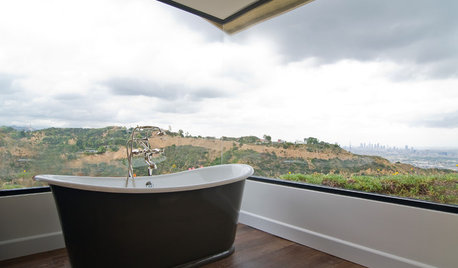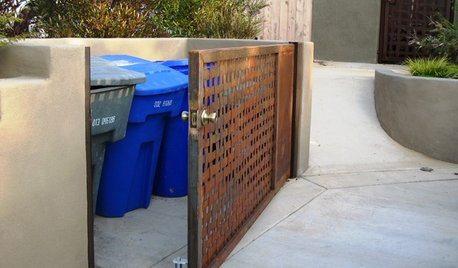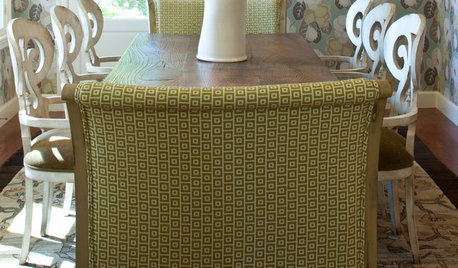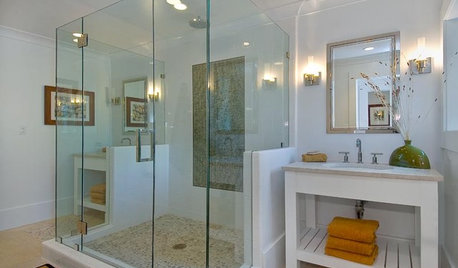Lets talk Featherweight
lynfromontario
13 years ago
Related Stories

PRODUCT PICKSGuest Picks: Let’s Talk Tubs
Find just the right bathtub no matter how you like to soak
Full Story
GARDENING AND LANDSCAPINGLet's Talk Trash Bins
No one gazes fondly on garbage cans. Keep your street cred intact and your bins under wraps with these camouflage solutions
Full Story
FURNITUREExpert Talk: Dreaming of a Daybed
Whatever color, pattern or style flits through your fancy, today's daybeds let you have it — and practicality too
Full Story
GREEN BUILDINGLet’s Clear Up Some Confusion About Solar Panels
Different panel types do different things. If you want solar energy for your home, get the basics here first
Full Story
FURNITUREDesign Talk: What is a Settee?
See This Elegant Seating Solution in Dining Room, Office, Entry and Bedroom
Full Story
DINING ROOMSExpert Talk: Treat the Eyes to Dining Room Wallpaper
For a visual feast and plentiful servings of style in the dining room, pro designers show how wallpaper fits the bill
Full Story
REMODELING GUIDESHave a Design Dilemma? Talk Amongst Yourselves
Solve challenges by getting feedback from Houzz’s community of design lovers and professionals. Here’s how
Full Story
REMODELING GUIDESExpert Talk: Wall Dividers Pull Rooms Together
Open layouts are popular, but these designers explain how a little division can sometimes finish the look of a room the way nothing else can
Full Story
LIFEIf You Could Talk to Your House, What Would You Say?
‘Pull yourself together’ or ‘thank you for transforming my life’? Notes to homes around the country hit us where we live
Full Story
BATHROOM DESIGNExpert Talk: Frameless Showers Get Show of Support
Professional designers explain how frameless shower doors boosted the look or function of 12 bathrooms
Full StoryMore Discussions






cooksnsews
Laurie
Related Professionals
Fort Wayne Furniture & Accessories · North Myrtle Beach Furniture & Accessories · Portland Furniture & Accessories · Culver City Furniture & Accessories · Stamford Furniture & Accessories · Barstow Interior Designers & Decorators · Glenbrook Interior Designers & Decorators · Hagerstown Interior Designers & Decorators · Linton Hall Interior Designers & Decorators · Wanaque Interior Designers & Decorators · Adelanto Furniture & Accessories · Fillmore Furniture & Accessories · Lake Arrowhead Furniture & Accessories · Jacinto City Furniture & Accessories · Keller Staircases & Railingsbudster
lynfromontarioOriginal Author
Laurie
budster
snotrouble
keepeminstitches
luvvt
cooksnsews